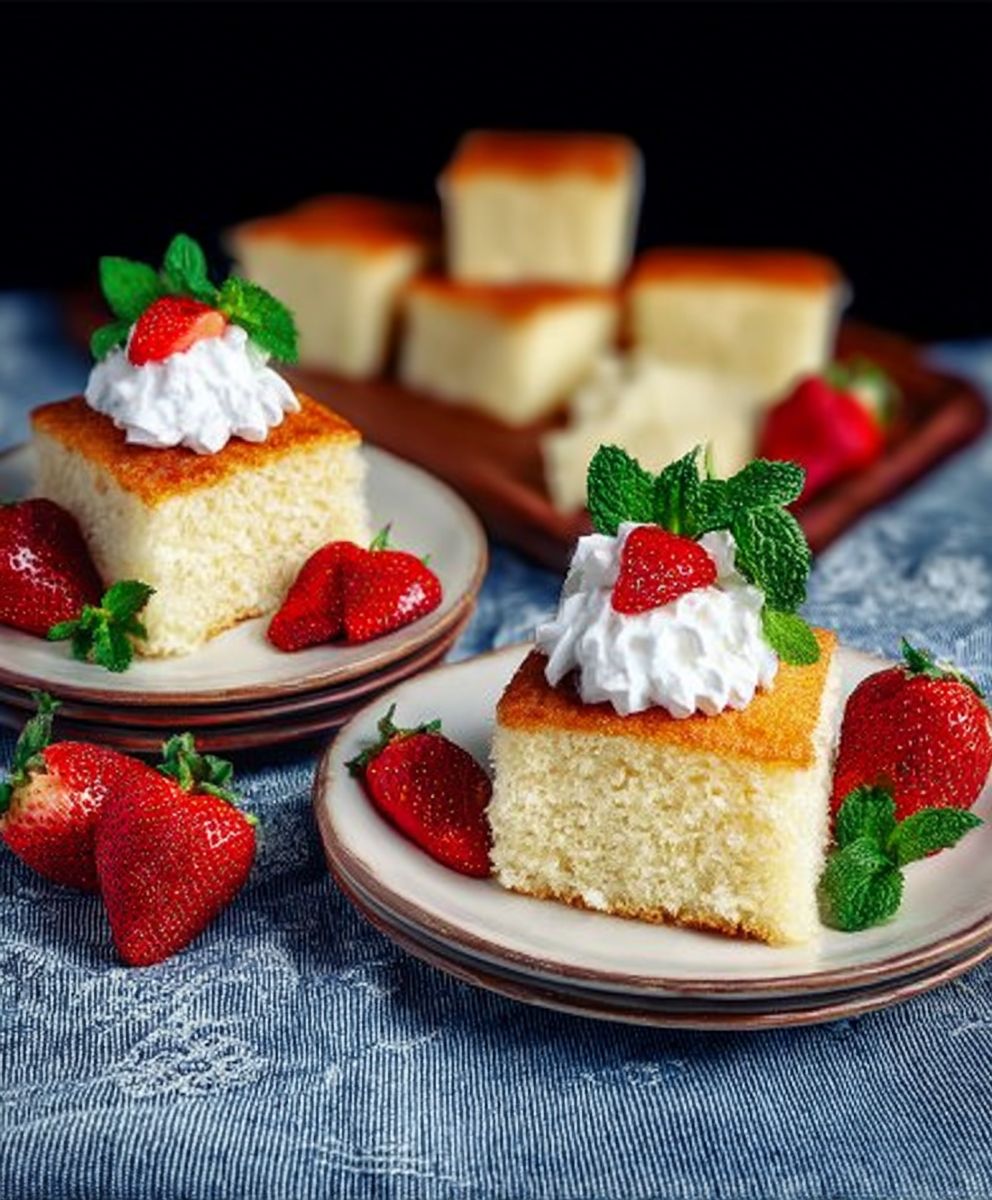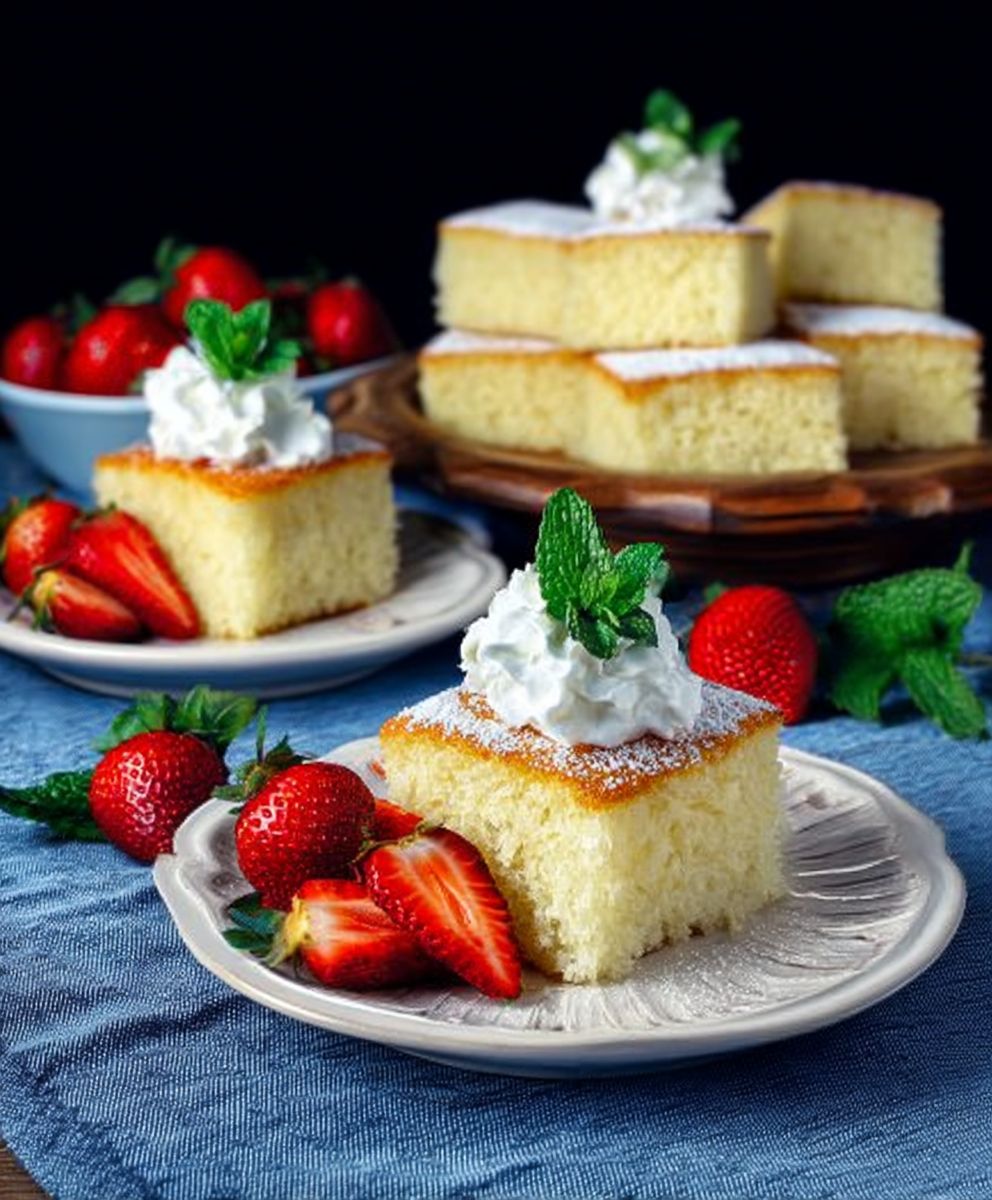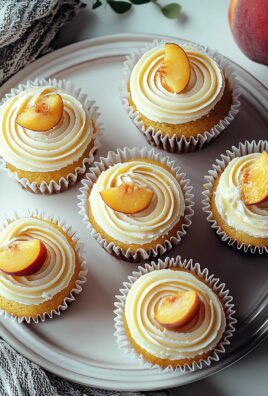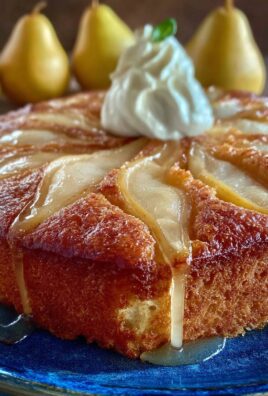Homemade White Cake: Is there anything more comforting than a slice of perfectly moist, tender white cake? I think not! This isn’t just any cake; it’s a blank canvas for your sweetest dreams, a foundation for celebrations, and a taste of pure, unadulterated joy. Forget those dry, crumbly store-bought versions. We’re diving headfirst into creating a homemade white cake that will have everyone begging for seconds.
While the exact origins of white cake are a bit hazy, its popularity soared in the late 19th and early 20th centuries, coinciding with advancements in milling techniques that produced finer, whiter flour. It became a symbol of elegance and refinement, often served at weddings and other special occasions. The delicate flavor and pristine appearance made it a favorite among bakers and dessert enthusiasts alike.
But what is it about this cake that makes it so irresistible? For me, it’s the incredibly soft and airy texture, the subtle sweetness that isn’t overpowering, and the way it perfectly complements any frosting or filling you can imagine. Whether you’re a seasoned baker or just starting out, this recipe is surprisingly easy to follow, and the results are always worth the effort. Plus, who can resist the allure of a classic dessert that brings back cherished memories and creates new ones?
Ingredients:
- 2 ½ cups (300g) cake flour, sifted
- 1 ½ cups (300g) granulated sugar
- 1 tablespoon baking powder
- 1 teaspoon salt
- ¾ cup (1 ½ sticks, 170g) unsalted butter, softened
- 1 cup (240ml) milk
- 2 large eggs
- 2 large egg whites
- 2 teaspoons vanilla extract
Preparing the Cake Batter:
- Preheat your oven to 350°F (175°C). This is crucial for even baking. Make sure your oven rack is in the center position.
- Grease and flour two 9-inch round cake pans. I like to use shortening for greasing, followed by a generous dusting of flour. Tap out any excess flour to prevent a white coating on your cake. You can also use parchment paper rounds at the bottom of the pans for extra insurance against sticking.
- In a large mixing bowl, whisk together the sifted cake flour, granulated sugar, baking powder, and salt. Whisking ensures that the dry ingredients are evenly distributed, which is essential for a consistent cake texture.
- Add the softened butter to the dry ingredients. Use a stand mixer or a hand mixer to cream the butter into the dry ingredients until the mixture resembles coarse crumbs. This step is important for creating a tender crumb in the final cake. Don’t overmix at this stage; just aim for a crumbly texture.
- Gradually add the milk to the mixture, mixing on low speed until just combined. Be careful not to overmix at this point. Overmixing can develop the gluten in the flour, resulting in a tough cake.
- In a separate small bowl, whisk together the eggs, egg whites, and vanilla extract. Whisk until the mixture is lightly combined. Adding the eggs and egg whites separately helps to incorporate air into the batter, which contributes to a light and fluffy cake.
- Gradually add the egg mixture to the batter, mixing on medium speed until just combined. Again, be careful not to overmix. Mix until the batter is smooth and there are no visible lumps. Scrape down the sides of the bowl as needed to ensure that all ingredients are fully incorporated.
Baking the Cake:
- Divide the batter evenly between the prepared cake pans. I like to use a kitchen scale to ensure that each pan has the same amount of batter. This will help the cakes bake evenly.
- Bake for 30-35 minutes, or until a wooden skewer inserted into the center of the cake comes out clean. Start checking for doneness around 30 minutes. The baking time may vary depending on your oven. The cakes should be golden brown on top and spring back lightly when touched.
- Let the cakes cool in the pans for 10 minutes before inverting them onto a wire rack to cool completely. Cooling the cakes in the pans allows them to set slightly, which makes them easier to handle. Inverting them onto a wire rack allows air to circulate around the cakes, preventing them from becoming soggy.
Preparing the Frosting (Optional, but highly recommended!):
While the cakes are cooling, you can prepare your favorite frosting. Here’s a recipe for a classic vanilla buttercream:
Vanilla Buttercream Frosting Ingredients:
- 1 cup (2 sticks, 226g) unsalted butter, softened
- 3-4 cups (360-480g) powdered sugar, sifted
- ¼ cup (60ml) milk or heavy cream
- 2 teaspoons vanilla extract
Vanilla Buttercream Frosting Instructions:
- In a large mixing bowl, beat the softened butter until light and fluffy. This may take several minutes.
- Gradually add the sifted powdered sugar, one cup at a time, beating on low speed until combined. Sifting the powdered sugar prevents lumps in the frosting.
- Add the milk or heavy cream and vanilla extract. Beat on medium speed until the frosting is smooth and creamy. Add more milk or heavy cream if needed to achieve the desired consistency.
- If the frosting is too sweet, add a pinch of salt to balance the flavors.
Assembling and Frosting the Cake:
- Once the cakes are completely cool, level them if necessary. Use a serrated knife to trim off any domed tops, creating a flat surface for frosting. This will make the cake more stable and easier to frost.
- Place one cake layer on a serving plate or cake stand.
- Spread a generous layer of frosting over the top of the first cake layer.
- Carefully place the second cake layer on top of the frosting.
- Frost the entire cake with the remaining frosting. You can use a spatula or a piping bag to create a smooth or decorative finish.
- Decorate the cake as desired. You can use sprinkles, fresh fruit, chocolate shavings, or any other toppings you like.
Tips for Success:
- Use high-quality ingredients. The quality of your ingredients will directly impact the taste and texture of your cake.
- Measure your ingredients accurately. Baking is a science, so precise measurements are essential. Use measuring cups and spoons specifically designed for baking.
- Don’t overmix the batter. Overmixing can develop the gluten in the flour, resulting in a tough cake. Mix until just combined.
- Bake the cakes until they are golden brown and spring back lightly when touched. Overbaking can result in a dry cake.
- Let the cakes cool completely before frosting. Frosting a warm cake will cause the frosting to melt and slide off.
- If you don’t have cake flour, you can make your own by using all-purpose flour and cornstarch. For every cup of all-purpose flour, remove 2 tablespoons and replace with 2 tablespoons of cornstarch. Sift the mixture together several times to ensure that the cornstarch is evenly distributed.
- For a moister cake, you can brush the cake layers with simple syrup before frosting. Simple syrup is made by combining equal parts sugar and water and heating until the sugar is dissolved.
- If you want to add a filling to the cake, you can use jam, fruit preserves, or a pastry cream. Spread the filling between the cake layers before frosting.
- Store the frosted cake in the refrigerator for up to 3 days. Let the cake come to room temperature before serving.
Troubleshooting:
- Cake is dry: Overbaking is the most common cause of a dry cake. Make sure to check for doneness frequently and remove the cake from the oven as soon as a wooden skewer inserted into the center comes out clean. You can also try adding more moisture to the batter by using buttermilk or sour cream instead of milk.
- Cake is dense: Overmixing the batter can result in a dense cake. Be careful not to overmix, and make sure to use the correct amount of leavening agent (baking powder).
- Cake is sunken in the middle: This can be caused by several factors, including underbaking, using too much leavening agent, or opening the oven door too frequently during baking. Make sure to bake the cake until it is fully cooked and avoid opening the oven door unnecessarily.
- Frosting is too thin: Add more powdered sugar to thicken the frosting.
- Frosting is too thick: Add more milk or heavy cream to thin the frosting.
Enjoy your delicious homemade white cake!

Conclusion:
And there you have it! This Homemade White Cake recipe isn’t just another cake recipe; it’s a gateway to creating unforgettable moments. From the delicate crumb to the subtly sweet flavor, every bite is a testament to the magic that happens when simple ingredients come together with a little love and patience. I truly believe this cake is a must-try for anyone who appreciates classic baking at its finest.
Why is it a must-try, you ask? Because it’s more than just a cake; it’s a blank canvas for your culinary creativity! The light and airy texture makes it the perfect base for a multitude of frostings and fillings. Imagine a luscious layer of raspberry jam nestled between two slices, topped with a cloud of whipped cream. Or perhaps a decadent chocolate ganache cascading down the sides, adorned with fresh berries. The possibilities are truly endless!
But the beauty of this Homemade White Cake lies not only in its versatility but also in its simplicity. It’s a recipe that’s accessible to bakers of all skill levels, from seasoned pros to enthusiastic beginners. The instructions are clear and concise, and the ingredients are readily available at your local grocery store. You don’t need any fancy equipment or specialized techniques to achieve a truly stunning result.
Now, let’s talk serving suggestions and variations! For a classic presentation, I recommend a simple vanilla buttercream frosting. It complements the delicate flavor of the cake perfectly and allows its subtle sweetness to shine through. However, don’t be afraid to experiment! A lemon curd filling would add a bright and tangy twist, while a sprinkle of toasted almonds would provide a delightful textural contrast.
If you’re feeling adventurous, you could even try transforming this Homemade White Cake into cupcakes! Simply adjust the baking time accordingly and decorate with your favorite frosting and sprinkles. Cupcakes are perfect for parties, potlucks, or any occasion that calls for a little bit of sweetness.
Another fun variation is to add a hint of almond extract to the batter. It will enhance the flavor of the cake and give it a subtle, nutty aroma. You could also incorporate some citrus zest, such as lemon or orange, for a burst of freshness.
And for those who are looking for a healthier option, you could try substituting some of the butter with applesauce. It will reduce the fat content without sacrificing the moistness of the cake. You could also use whole wheat flour instead of all-purpose flour for a boost of fiber.
Ultimately, the best way to enjoy this Homemade White Cake is to make it your own. Don’t be afraid to experiment with different flavors, textures, and decorations until you find the perfect combination that suits your taste.
I’m so excited for you to try this recipe and experience the joy of baking a truly delicious and satisfying cake from scratch. I poured my heart into perfecting this recipe, and I’m confident that you’ll love it as much as I do.
So, go ahead, gather your ingredients, preheat your oven, and get ready to create a masterpiece! And most importantly, don’t forget to share your creations with me! I would absolutely love to see your photos and hear about your experiences. Tag me on social media or leave a comment below. I can’t wait to see what you come up with! Happy baking!
Homemade White Cake: The Ultimate Recipe for a Perfect Cake
A classic, tender, and fluffy white cake perfect for any celebration. Includes instructions for a simple vanilla buttercream frosting.
Ingredients
- 2 ½ cups (300g) cake flour, sifted
- 1 ½ cups (300g) granulated sugar
- 1 tablespoon baking powder
- 1 teaspoon salt
- ¾ cup (1 ½ sticks, 170g) unsalted butter, softened
- 1 cup (240ml) milk
- 2 large eggs
- 2 large egg whites
- 2 teaspoons vanilla extract
- 1 cup (2 sticks, 226g) unsalted butter, softened
- 3-4 cups (360-480g) powdered sugar, sifted
- ¼ cup (60ml) milk or heavy cream
- 2 teaspoons vanilla extract
Instructions
- Preheat your oven to 350°F (175°C). Make sure your oven rack is in the center position.
- Grease and flour two 9-inch round cake pans. You can also use parchment paper rounds at the bottom of the pans.
- In a large mixing bowl, whisk together the sifted cake flour, granulated sugar, baking powder, and salt.
- Add the softened butter to the dry ingredients. Use a stand mixer or a hand mixer to cream the butter into the dry ingredients until the mixture resembles coarse crumbs.
- Gradually add the milk to the mixture, mixing on low speed until just combined.
- In a separate small bowl, whisk together the eggs, egg whites, and vanilla extract.
- Gradually add the egg mixture to the batter, mixing on medium speed until just combined. Scrape down the sides of the bowl as needed.
- Divide the batter evenly between the prepared cake pans.
- Bake for 30-35 minutes, or until a wooden skewer inserted into the center of the cake comes out clean.
- Let the cakes cool in the pans for 10 minutes before inverting them onto a wire rack to cool completely.
- In a large mixing bowl, beat the softened butter until light and fluffy.
- Gradually add the sifted powdered sugar, one cup at a time, beating on low speed until combined.
- Add the milk or heavy cream and vanilla extract. Beat on medium speed until the frosting is smooth and creamy. Add more milk or heavy cream if needed to achieve the desired consistency.
- If the frosting is too sweet, add a pinch of salt to balance the flavors.
- Once the cakes are completely cool, level them if necessary.
- Place one cake layer on a serving plate or cake stand.
- Spread a generous layer of frosting over the top of the first cake layer.
- Carefully place the second cake layer on top of the frosting.
- Frost the entire cake with the remaining frosting.
- Decorate the cake as desired.
Notes
- Use high-quality ingredients for the best results.
- Measure ingredients accurately.
- Don’t overmix the batter.
- Bake until golden brown and springy to the touch.
- Cool cakes completely before frosting.
- If you don’t have cake flour, you can make your own by using all-purpose flour and cornstarch (see recipe text for details).
- For a moister cake, brush with simple syrup before frosting.
- Add a filling like jam or pastry cream between layers.
- Store frosted cake in the refrigerator for up to 3 days. Let come to room temperature before serving.
- See recipe text for troubleshooting tips.





Leave a Comment